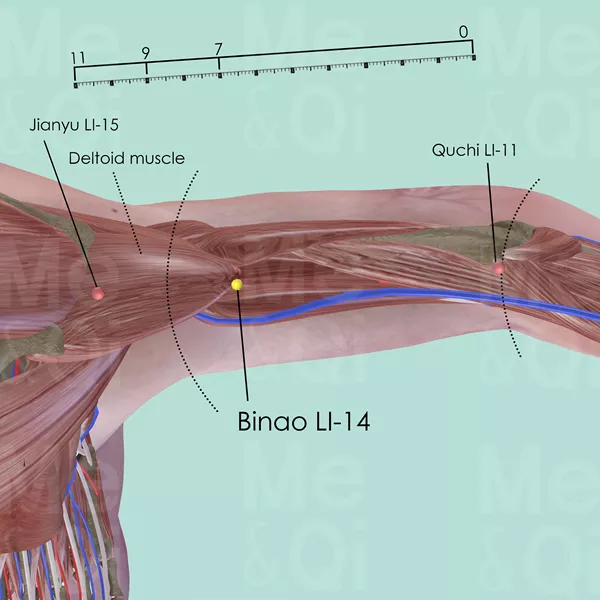Neck Contractionaccording to TCM
Symptom families: Back and Neck Pain, Back and Neck Stiffness and Discomfort
Did you mean? Stiff Neck Neck Pain
What is Neck Contraction?
Neck contraction, commonly referred to as a neck muscle spasm, is a condition characterized by the involuntary tightening of the neck muscles. This can lead to stiffness, discomfort, or acute pain, significantly restricting movement and affecting posture.
Often resulting from factors like muscle strain, stress, or underlying cervical spine issues, neck contractions can vary in intensity and duration, impacting daily activities and overall quality of life.
How Does TCM View Neck Contraction?
In Traditional Chinese Medicine (TCM), neck contraction is viewed as a manifestation of imbalance within the body’s energy system. TCM practitioners believe that such muscular issues are often the result of disrupted Qi (vital energy) flow or the presence of pathogenic factors like Wind or Cold.
Emotional stress or physical strain leading to Liver Qi Stagnation is also considered a common cause. TCM approaches neck contraction holistically, aiming to restore the smooth flow of Qi and Blood, thereby alleviating the muscle spasm and its associated symptoms.
Acupoints for Neck Contraction
TCM utilizes specific acupoints for treating neck contraction, focusing on restoring balance and alleviating muscle tension. A key acupoint in this context is Binao LI-14 on the Large Intestine Channel. Located on the radial side of the humerus, Binao LI-14 is known for its effectiveness in removing obstructions from the Channel, which can be beneficial in relieving neck muscle spasms.
Stimulating this point is believed to improve Qi and Blood flow in the affected area, reduce tension, and aid in resolving any Phlegm that might be contributing to the stiffness. This approach exemplifies TCM’s comprehensive strategy in treating muscle contractions, targeting both the symptoms and their underlying energetic causes.
See more details below about Binao LI-14, an acupoint used to address neck contraction.
- By Meridian
- Large Intestine Channel

Binao LI-14
On the radial side of the humerus, superior to the lower end of deltoid muscle, on the line connecting Quchi LI-11 and Jianyu LI-15, 7 cun proximal to Quchi LI-11.
